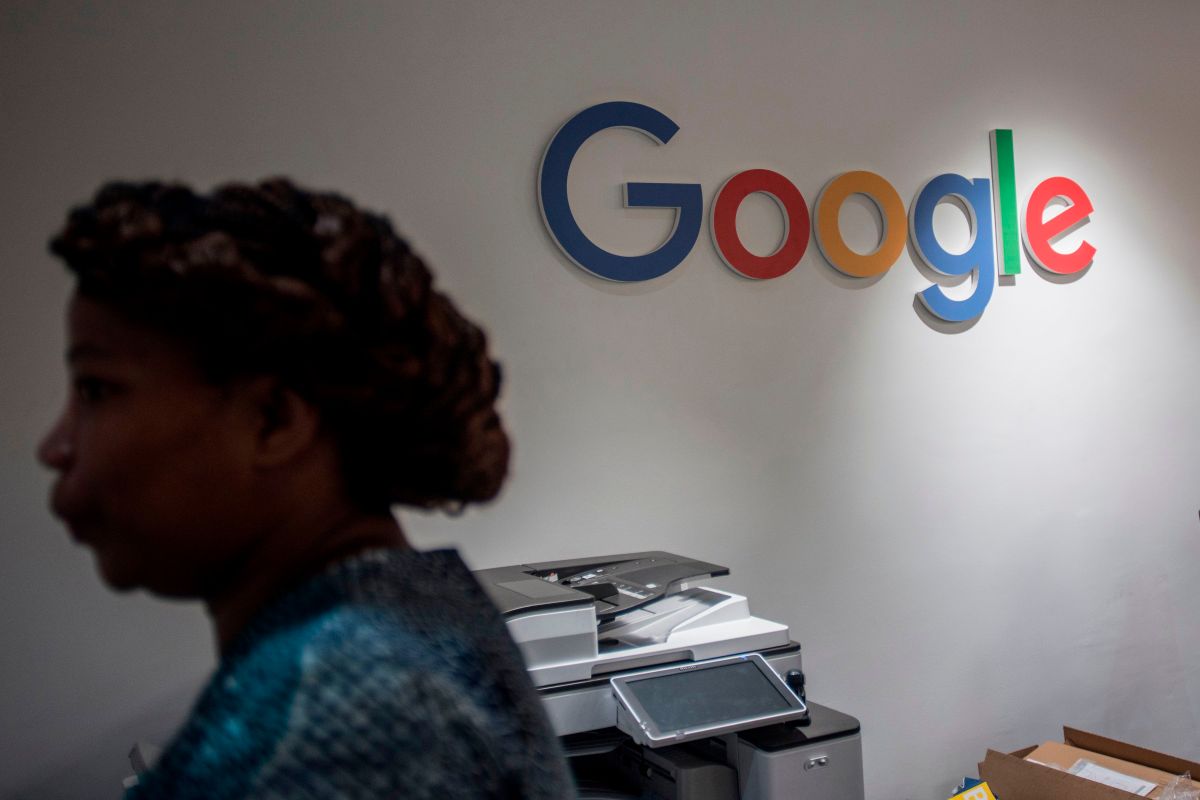Google is updating its ‘Ad’ tag to ‘Sponsored’ for mobile search • ZebethMedia
Over the years, Google has made it harder to separate ads from organic search results at a glance. In its current iteration, when users perform a search, the only distinction between the two is “Ad” written in bold — and it’s easy to miss.
The search giant is making a small change to that today by replacing the “Ad” label with the “Sponsored” label in bold next to the advertisements appearing in search results. The company is also moving the label above the site URL in a separate line, instead of showing it next to the URL.
Currently, Google is slowly rolling out this update across mobile and said it will start testing these changes on the desktop without specifying a date.
Old ad format Image Credits: ZebethMedia
New ad format with the ‘Sponsored’ tag Image Credits: ZebethMedia
“This new label and its prominent position continues to meet our high standards for being distinguishable from search results and builds on our existing efforts to make information about paid content clear,” Google said in a statement.
But these changes still might not be enough for users to clearly separate ads and organic search results. If you’re reading this story and looking at the changes side-by-side, you would notice a difference between “Ad” and “Sponsered.” But in daily usage when you’re scrolling through thousands of search results, you may not have these modifications in mind.
Ginny Marvin, Google’s Ads Product Liaison, has tweeted the visual history of the company’s ad labeling many times over the years. While the tweet below captures changes only till 2019, it’s easy to see how Google has slowly blurred the lines between ads and search results.
When Google rolled out the new bold “Ad” label in 2020, many folks pointed out dark patterns in this design change that made users squint to separate out paid content. But it took the company two years to make any kind of change.
The ad business is the main money maker for Google: the company earned $56.3 billion in ad revenue in Q2 2022. So it’s important for the search giant to keep churning out money from that funnel in different ways. Given the position Google holds in the ads space many watchdogs are looking to probe the company’s ads business through an antitrust lens.
Including website names
Along with changing the ad labels, Google will also display site names in search results. Until now, you could only see URLs in the search results making it confusing to identify some sites. Plus, it is making website favicons more prominent so users can easily recognize familiar site logos. The company said it will also extend these changes to ads to increase transparency for users.
Image Credits: Google
